A fable
Once upon a time there lived a mother and a daughter. The mother loved textiles but hardly found time for her passion. She was too busy looking after her family and holding down a job.
The daughter loved textiles too – she’d inherited that from her mother.
One day the daughter announced she was going off to study at a renowned textile art school in the city.
Three years passed. And a few months after graduating, the daughter became less and less inspired. Without her tutors’ guidance, she began to feel stuck in a rut artistically. She was scared that her creative spark was dying.
By now, the mother hadn’t made anything for a very very long time. She wanted badly to stitch again. But she felt sad and unsure. What if she’d just left it too late?
- How would the daughter overcome her feelings of creative stagnation?
- And how would the mother find the courage to create again after such a long break?
Perhaps at least part of the answer lies in some structured soul searching.
Reflect and evolve
“The unexamined life is not worth living.” Socrates
Self reflection can be a powerful motivator. From self reflection we learn. We grow. By examining where we’ve been, we better understand where we are now. And understanding where we are now can help us decide where we want to go.
No matter what stage you’re at on your creative journey, asking yourself the right questions can be transformative. It can give you the impetus you need to re-engage with your textile art. And help you keep evolving artistically so you don’t grind to a halt.
In a moment, we’ll dive into five questions designed to help you get back on track if you’ve lost your way with your art.
Remember there are no right or wrong answers. You are special and unique. So don’t go beating yourself up if it takes some time to come up with meaningful responses.
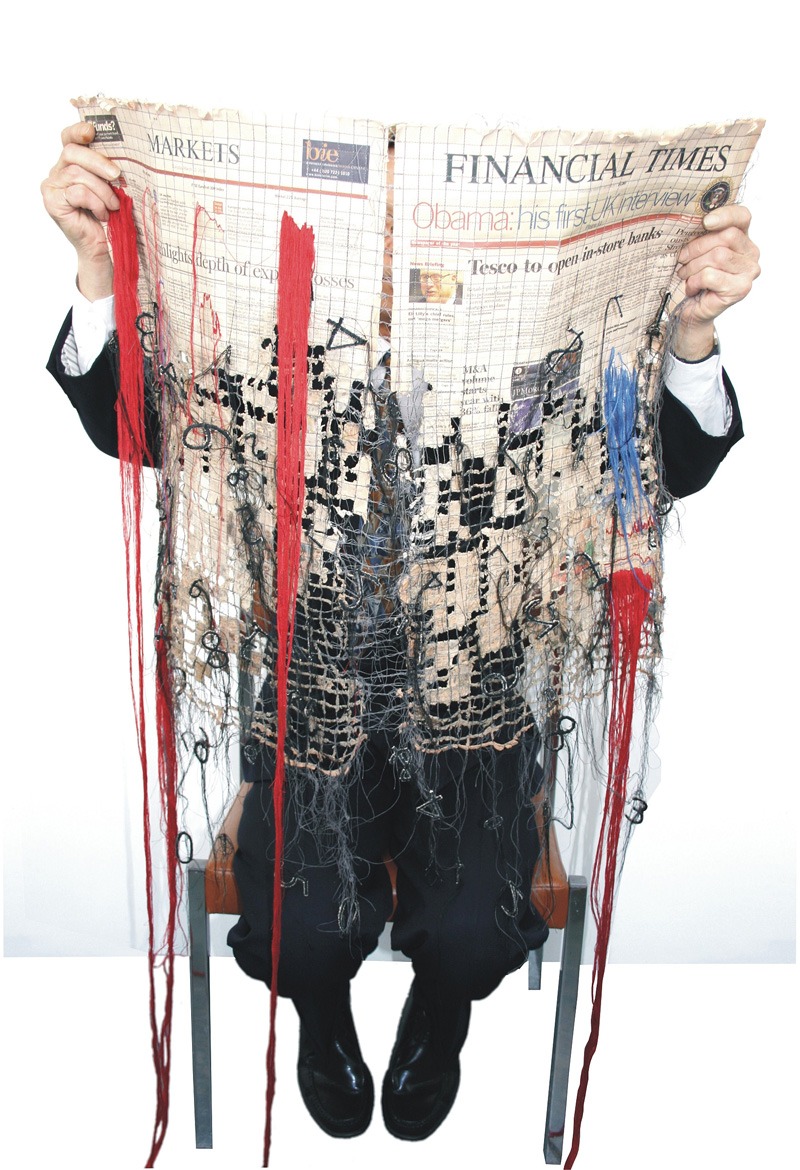
Question 1: Why do I want to make art?
“He who has a why to live for can bear almost any how.” Friedrich Nietzsche
I ran the London marathon last year. Why?
The first reason was philanthropic. My partner is a volunteer for the Samaritans and I had witnessed the wonderful work they do for people struggling with depression, grief and anxiety. Like most human beings I can relate on some level to how crippling those feelings can be. I felt compelled to do my bit.
The second reason was more selfish. I find that to stay on top of my fitness I need a challenge, something to work towards. I’m not the person who will spring out of bed and hit the gym for the sake of it. But if I have a specific goal I can get my ass in gear, even on a cold, drizzly January morning.
Anything that’s worth doing has an underlying motivation. A ‘why’. Unearthing what compels you to make art can bring a sense of purpose to your practice. Without that, the whole process can feel futile.
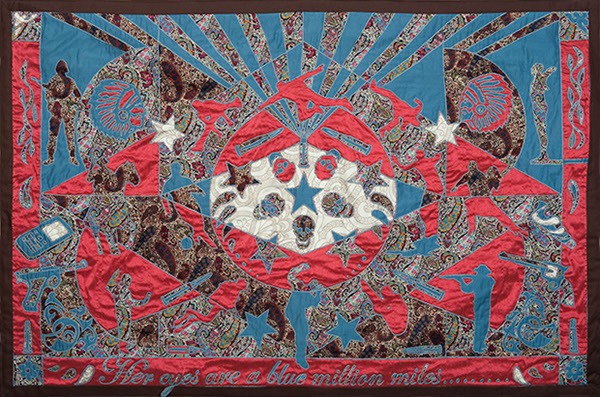
Kirsty Whitlock is motivated to use reclaimed materials as a response to the throwaway culture of consumerism. And James Fox seeks to challenge gender stereotypes through his embroidered work. Textiles offer these artists a voice in which to say things they can’t express any other way. That’s their ‘why’.
Weaver Alice Hume, on the other hand, is motivated by the therapeutic benefits of her techniques. And Annie Chen is drawn to the sense of play and discovery that comes from experimenting with ‘endless combinations of colour’.
There should be no guilt attached to your ‘why’. Maybe you just love the feeling of cloth in your hands. If it’s the truth, it’s good enough.
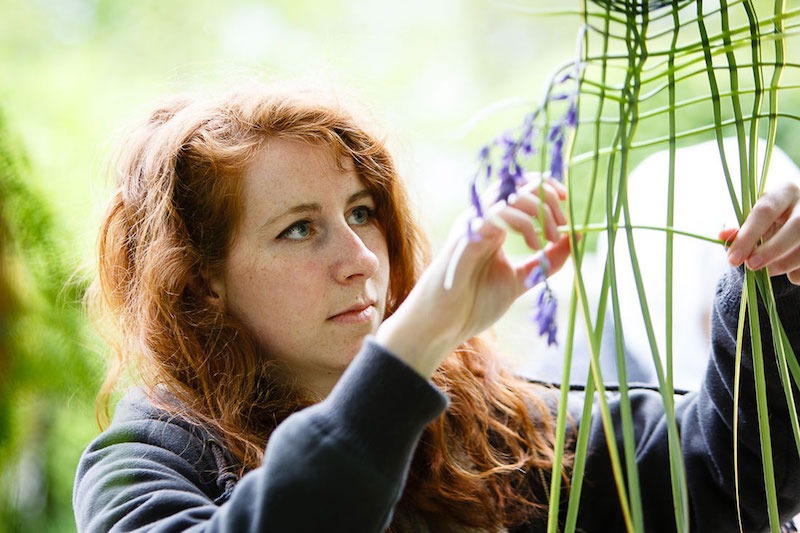
Here’s a comment that Trish Haskey, a member of the TextileArtist.org community, recently left on the article Diagnosis: Artistic Paralysis:
“When I recently asked myself why my art matters to me, I was surprised at what I found out:
1 I love the process itself, being in “flow” is a form of mediation.
2 What comes about as a piece evolves and grows is amazing. It is as though I begin within myself and then tap into that which is beyond myself.
3 I make things that I truly love to look at and have around me. Because I use symbols that are personally meaningful, the things I make connect me to my past, present and future in a powerful and satisfying way.
4 When I am no longer alive, I like to think that my family, especially my grandchildren, might enjoy having some of my art because it reminds them of me.
Being clear about my motivations helps free me to just enjoy making stuff. And that’s real magic.”
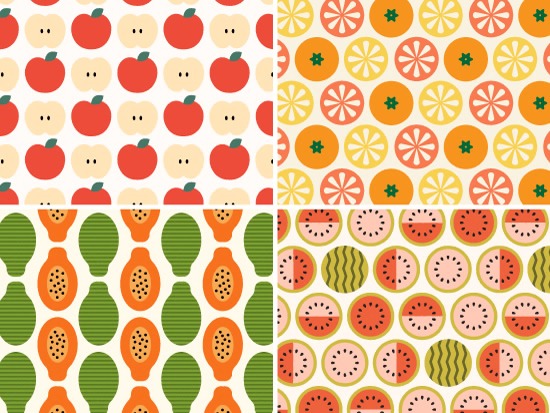
Question 2: What do I want for my future art?
“If you want to sing out, sing out, and if you want to be free, be free, cause there’s a million ways to be, you know there are.” Cat Stevens
Setting goals can seem a bit dry can’t it? After all, you’re an artist, a free spirit.
But how will you get where you want to go if you’re not certain of the destination?
If I hadn’t known that the marathon was 26.2 miles, I could never have planned my training regime.
You don’t need to have a 10 year plan or a vision statement. But you do need to know what you want for your art and your creative life at least a little way into the future.
Our mum Sue Stone, who is just about to turn 65, recently set herself the task of making a self portrait for every year of her life. This collection was shown in her solo exhibition at the Knitting and Stitching Show in Autumn 2016. Knowing that she had something to shoot for and a deadline empowered mum to make a plan and methodically work through it.
If you haven’t been creative with textiles in a long time, start with something small and achievable. Don’t be too ambitious. Perhaps your goal will be to revisit a particular process on a few sample pieces. You can build from there.
If you feel creatively stagnant, start by aiming to do one thing differently on your next piece of work. Find a new way of using an old technique through experimentation. Or make a bold choice with colour. The goal will help you step outside your comfort zone.
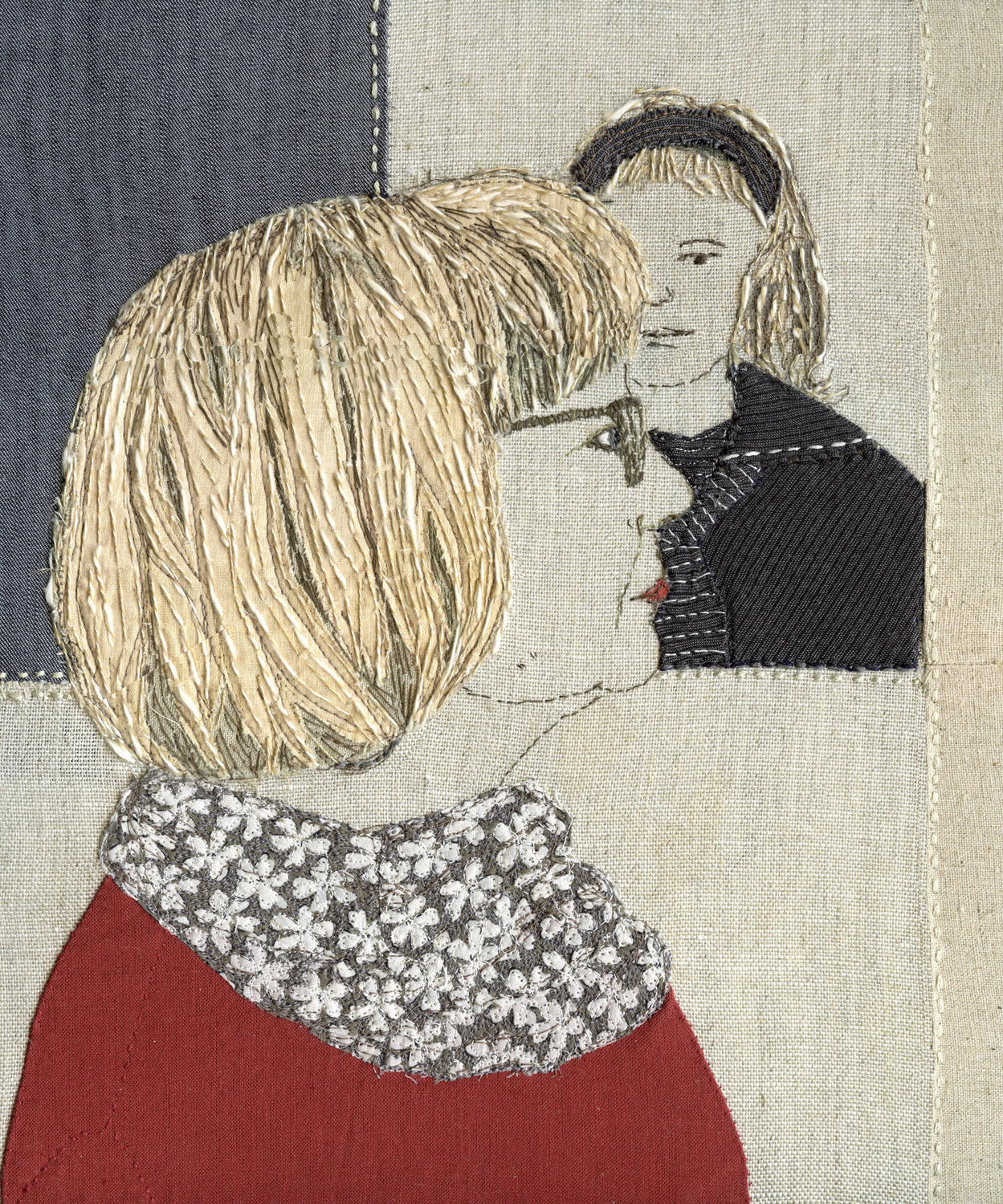
Question 3: What can I learn from my past art?
“Without reflection, we go blindly on our way.” Margaret J. Wheatley
Jennifer Collier, whose work has been featured in magazines like Vogue and Elle Decoration, told us that looking to her past practice informs and fuels decisions about her future work.
Half her art “never sees the light of day” but valuable lessons have been learned. This has been the key to an ever evolving visual identity. It has led to the creation of work that is unmistakably hers.
“My work was once very traditional. But it’s grown from piece to piece and that has been a conscious journey. My current practice focuses on creating work from paper; I produce unusual paper ‘fabrics’, which are used to explore the ‘remaking’ of household objects.”
Reflection feeds progression.
What discoveries lie untapped in your past experiments? How can you take an idea forward and shape it to fit the needs of a new piece? How will your past experiences shape your creative future?
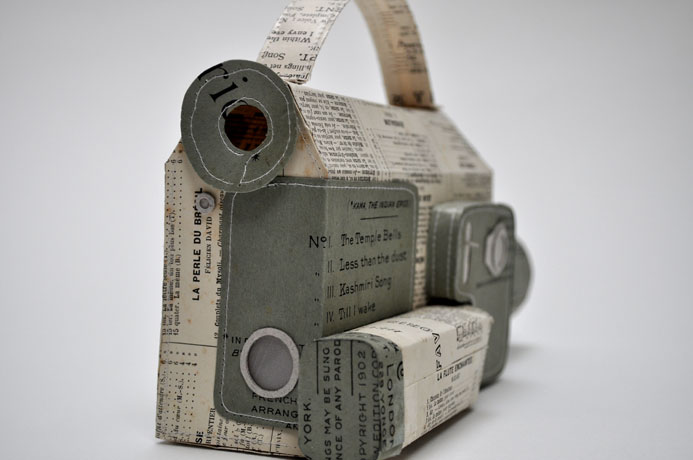
Question 4: How do I want to make art?
“By three methods we may learn wisdom: First, by reflection, which is the noblest; Second, by imitation, which is the easiest; and third by experience, which is the bitterest.” Confucious
OK. Here comes the controversial bit of the article. I think imitation is ok. So long as it’s a temporary stop on your creative journey.
Embracing the influence of textile artists you admire and who’ve been where you are now can empower your own creative evolution.
So get inspired by sites like TextileArtist.org. Learn the methods and systems of artists who’ve been where you are now. And yes, imitate the ‘how’.
Your ‘why’ will compel you to do things differently. To put your own slant on a technique. You’ll find yourself wanting to take an idea in a new direction to fit your personal goals. That’s when you’ll move past imitation.
But start simple. And define a limited repertoire for ‘how’ you want to make work. That way you’ll avoid becoming overwhelmed.
Question 5: Who do I want to share my creative journey with?
“If you hang out with chickens, you’re going to cluck and if you hang out with eagles, you’re going to fly.” Steve Maraboli (Author of [easyazon_link identifier=”0979575087″ locale=”UK” tag=”wwwtextileart-21″]Unapologetically You: Reflections on Life and the Human Experience )
Feeling stuck or unmotivated can sometimes be to do with your immediate sphere of influence.
By the way, I nearly used the famous Jim Rohn quote at the beginning of this section – the one about being the average of the five people we spend the most time with. But the chickens one made me giggle.
The point is the same. If you’re feeling unmotivated, uninspired or creatively stagnant, take a look at who you’re spending time with. Are they nurturing and encouraging your creative spirit? Are they at the very least interested in textile art?
Being part of a community, whether that’s a weekly embroidery meeting or a Facebook group, can take your productivity to new levels. Feeling supported by like minded people can do wonders for your confidence. Feedback from friends who share your passion can propel you forward in your art making.
Remember, we’ve got a free PDF worksheet to go along with this article. Fill in your answers on the worksheet to help you reflect and get motivated. Click the big yellow banner and we’ll send you a copy straight away.
Try revisiting these five questions whenever you hit a creative wall. And remember to be flexible; as you and your art evolve, your responses will change.
You might be surprised and that’s a good thing! New perspectives can remind you why you’re an artist and what you aspire to do. And what you discover can bring clarity and direction to a sometimes turbulent creative journey. Bon voyage!
What questions have you found instigate self reflection and a renewed sense of creativity? Leave your ideas in the comments section below.
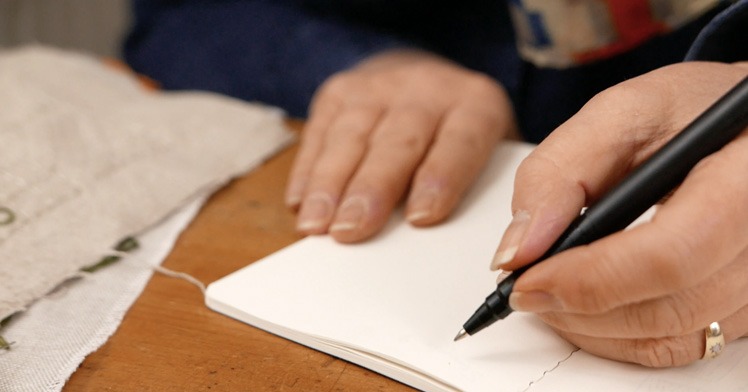
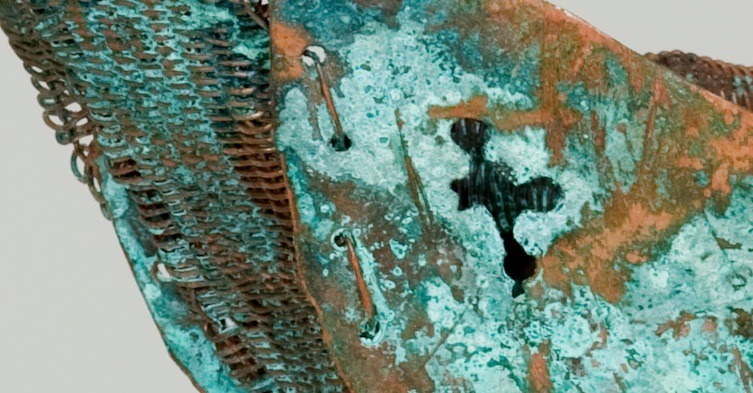
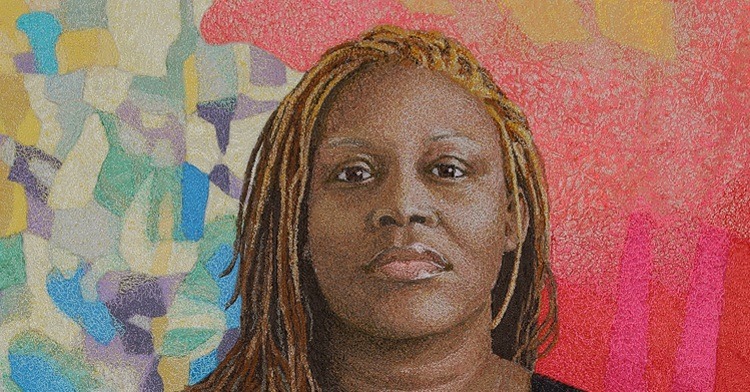
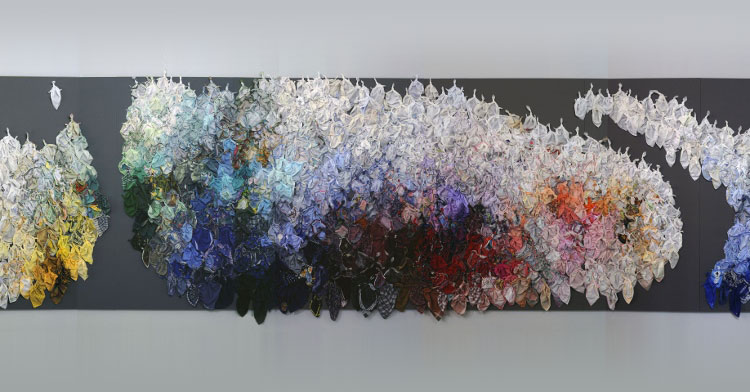
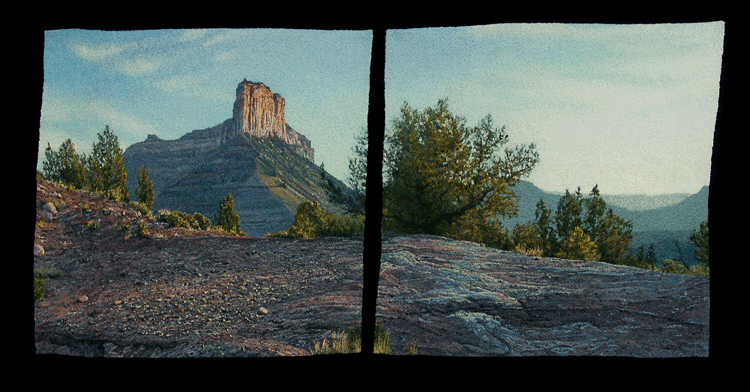

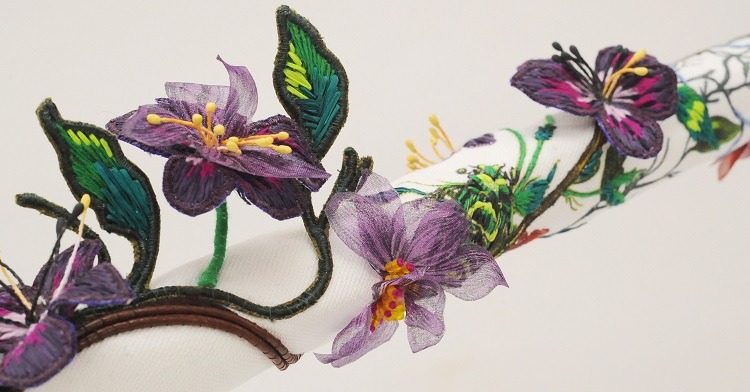
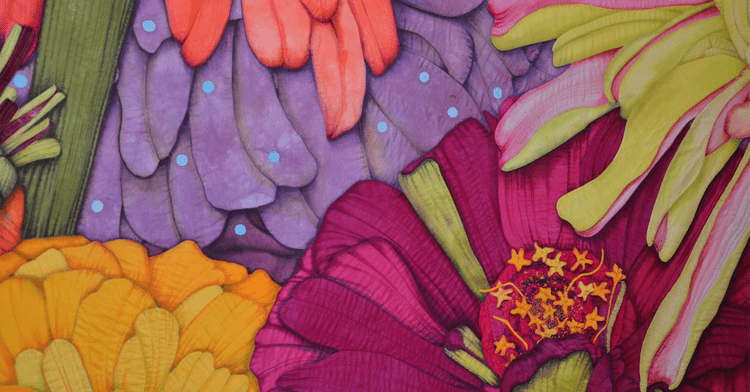
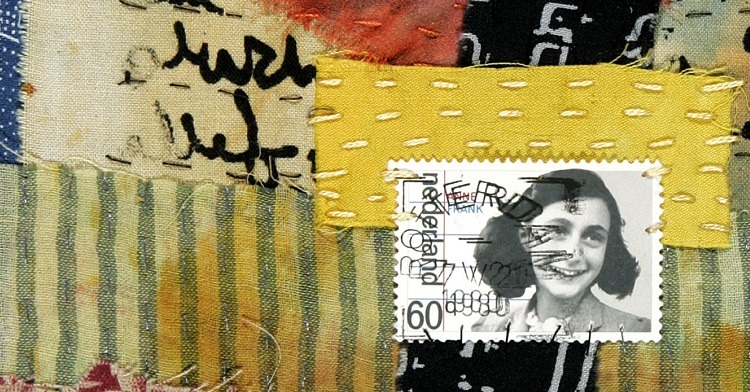
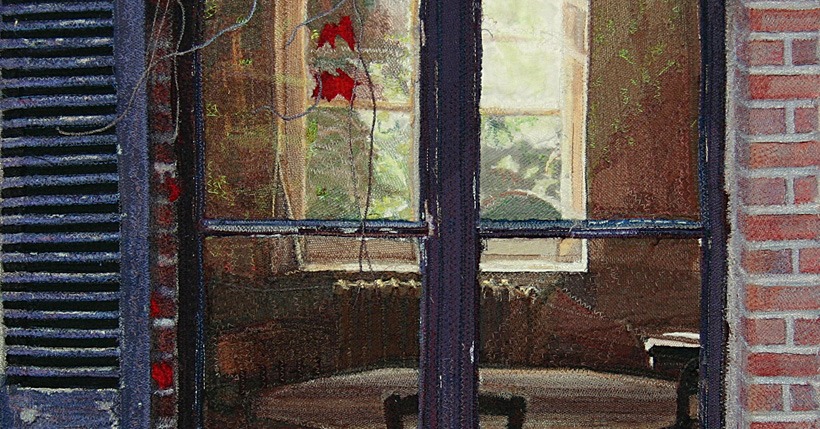

Comments